- Home
- Machining techniques
- CNC Machining Services
- Cooperative supply services
- Designs
- Materials
- Finishing Services
- Shop
- Products
- Guide
- About Us
- Contact Us
2022.10.21
Controlling the processing quality of CNC turning parts is the key point to promote the development and progress of work, so it needs to be treated seriously. This article will discuss the content of this aspect, analyze the relevant quality processing problems of modern CNC turning parts in detail, and conduct a detailed study on the parts that need to be strengthened and improved in the work, aiming to comprehensively promote the progress and improvement of the processing quality of CNC turning parts on this basis, It will lay a solid foundation for the comprehensive development of China’s modern process design.
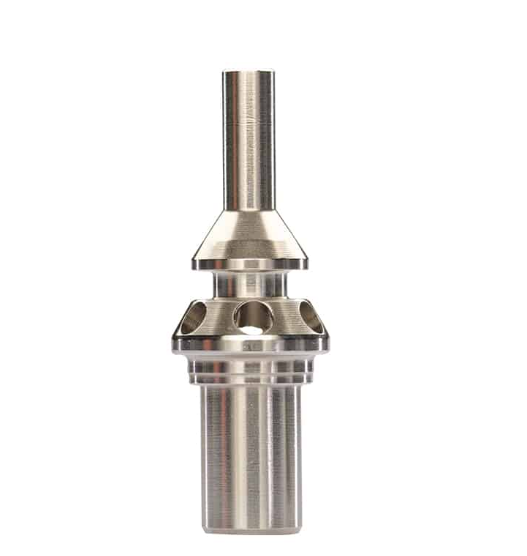
For ordinary lathes, CNC lathes have higher requirements and standards for processing accuracy and efficiency. Therefore, they need to be improved with more accurate technology to fully comply with the guidelines of modern processing technology. For the processing of CNC turning parts, it is necessary to ensure the steady implementation and formulation of the follow-up process technology on the basis of ensuring the quality. The whole process needs to adopt the mode and scheme of fine management, analyze and discuss the local problems, and propose corresponding policies and measures on this basis to fundamentally ensure that the processing quality and technology of CNC turning parts meet the standards, It will lay a solid foundation for China’s modernization drive.
It is a key technology to suppress the vibration in the process of NC turning parts. At present, compared with the traditional machine tools for automatic processing control of CNC turning parts in China, the traditional machine tools have made great progress in the convenience of control, and can reduce the intensity of manual work to a large extent, comprehensively improve the efficiency of work, so they have a positive role. On the other hand, through the application of the new technology of CNC turning parts, compared with ordinary types of machine tools, the machining accuracy and quality have also made great progress. However, from the perspective of practice, CNC turning parts belong to the type of automatic control, and their processing tasks and the implementation of technical schemes require a large number of previous programming to operate. Therefore, compared with traditional ordinary types of machine tools, there is a significant difference in flexibility. Therefore, in order to give full play to the relevant technical advantages of CNC turning parts in a real sense, we should also conduct detailed research on the parts it processes, conduct accurate analysis of various processes and technologies, and achieve a comprehensive and detailed understanding of the situation of each part, so as to determine a scientific and reasonable processing solution based on this. Therefore, in the future CNC turning parts processing technology, we need to pay more attention to the summary and induction from practice, and make a typical analysis of the typical problems in the processing process, so that we can have a targeted view and really put forward appropriate solutions.
In the process of processing metal parts, the contact between processing parts and props will inevitably lead to vibration. The basic reason is that in the process of machining technology such as cutting, there will be periodic changes, and then there will be vibration, and then there will be a phenomenon that the vibration does not attenuate. In addition, in the process of NC turning parts, if excessive vibration occurs, the surface will be damaged, which seriously affects the quality of workpiece forming, and has a great impact on the tools used for related processing. If the control is not good, the tool life will be reduced. Therefore, the above conditions need to be strictly controlled.
Adjustment of cutting parameters
The generation of self-excited vibration in the process of workpiece machining is directly related to the natural frequency of the workpiece. If the gap between the rotating speed of the workpiece and the natural frequency of the workpiece is increased during the cutting process, it will have an obvious effect on reducing self-excited vibration in the cutting process. Keep the parameters unchanged. When the speed of the workpiece is 1000r/min, the processing quality of the workpiece surface is the roughest. If the speed is simply increased, the processing quality will improve, but the increase of the speed is limited by the machine tool. In addition, the increase of rotating speed will also increase the impact on tool wear, which will shorten the service life of the tool. When the workpiece speed is reduced to 60r/min, the surface quality of the workpiece meets the requirements. It can be seen that the problem of self-excited vibration can be effectively suppressed by reasonably adjusting the workpiece speed in the cutting parameters.
Damping increase damping method
Through the observation and analysis of the process of machining parts, we found that the parts themselves are the source of self-excited vibration during the cutting process, which is caused by their thin walls. Through experimental research, the effective way to solve the problem is to increase damping to achieve the purpose of vibration reduction.
According to the above detailed research on the problems related to CNC turning parts in the current processing flow of related processes and technologies in China, as well as the measures and schemes for vibration suppression, we can have a comprehensive control over several problems that need to be paid attention to during the work process and the parts that need to be strengthened and improved. In the following, the main problems and basic solutions in CNC turning parts will be analyzed, aiming to determine the basic principles for future technology development.
When using an ordinary economic car for fine turning of agricultural machinery shafts, the same machine tool and the same CNC program are used, but different sizes of finished workpieces are obtained. It is difficult to control the error of workpiece size within the standard range, and the processing quality is very unstable. In order to solve this problem, we can change the number of times to change the position twice from the original one to ensure the processing quality.
As analyzed above, compared with traditional machine tools, automatic processing control of CNC turning parts has made great progress in the convenience of control. CNC turning parts belong to the type of automatic control. The task of machining and the implementation of technical scheme require a large number of previous programming to operate. Relatively speaking, the stiffness of tailstock is weaker. In the process of cutting, the smaller the distance between the tool and the tailstock, the larger the setback length will be, which will increase the size of the tail end of the workpiece, produce a taper, and affect the cylindricity of the workpiece. Therefore, in the production process of CNC turning parts processing, it is not only necessary to pay attention to and study the existing problems, but also to determine the basic solutions and solutions based on reality, treat them with a serious attitude, comprehensively enhance the scientific and normative nature of CNC turning parts processing, and establish the basic principles and directions for the development of work and follow-up work.
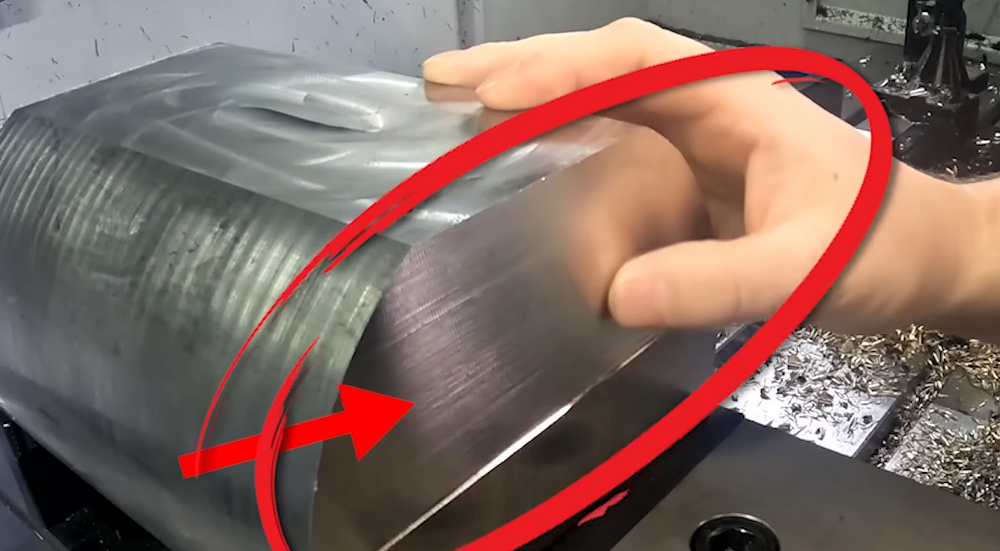 How To Reduce & Stop Chatter Vibration in CNC Milling/Turning/Drilling/Grinding Lathe?
How To Reduce & Stop Chatter Vibration in CNC Milling/Turning/Drilling/Grinding Lathe?
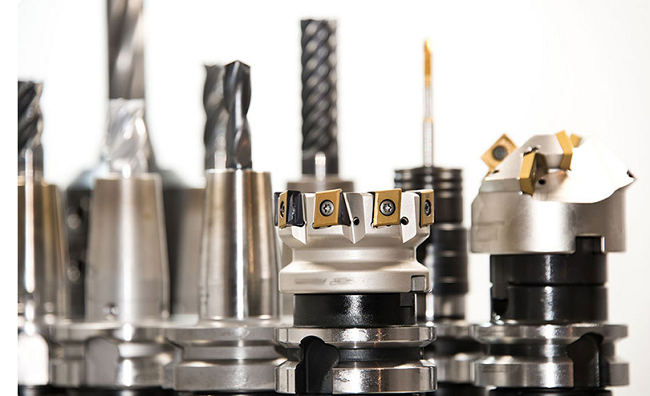 Top 12 CNC Machining & Programming Experiences | CNCLATHING
Top 12 CNC Machining & Programming Experiences | CNCLATHING
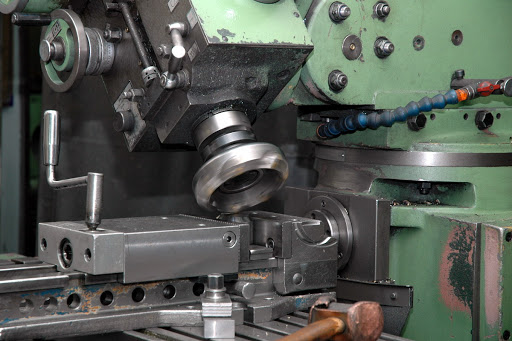 CNC Machining Vs Conventional Machining – Difference Between CNC Machining And Conventional Machining
CNC Machining Vs Conventional Machining – Difference Between CNC Machining And Conventional Machining
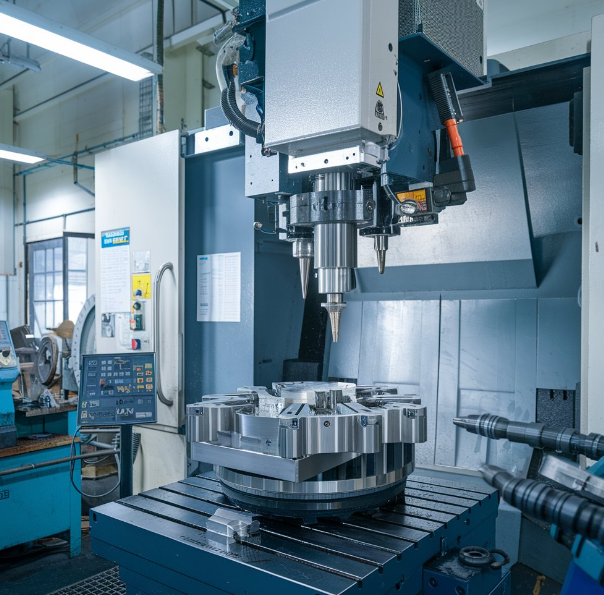 Why Choose China CNC Machining and How to Find the Best CNC Machining Manufacturer
Why Choose China CNC Machining and How to Find the Best CNC Machining Manufacturer
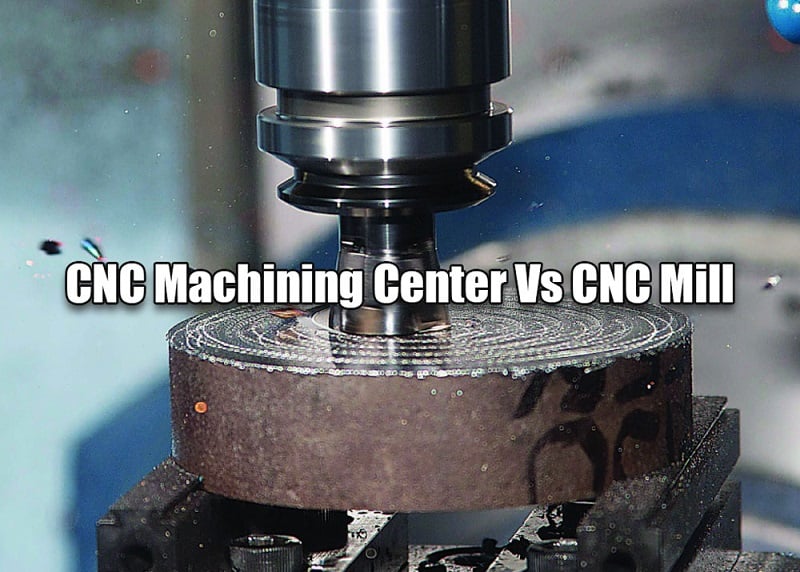 CNC Machining Center Vs CNC Mill – Difference Between Machining Center And Milling Machine In Programming
CNC Machining Center Vs CNC Mill – Difference Between Machining Center And Milling Machine In Programming
 CNC Machine Block Diagram: Systems & Components (Parts) of CNC Lathe Machine
CNC Machine Block Diagram: Systems & Components (Parts) of CNC Lathe Machine
